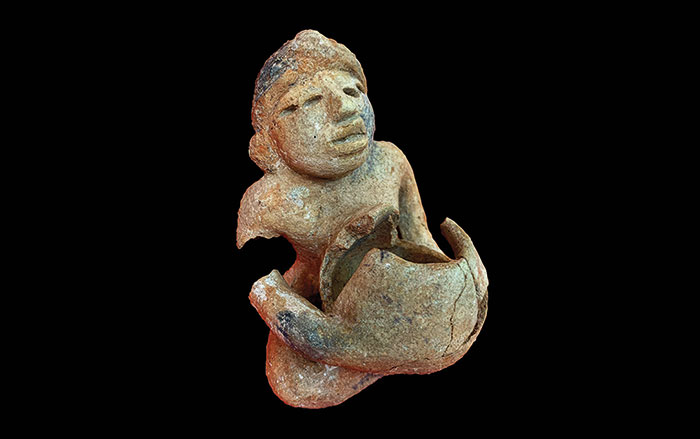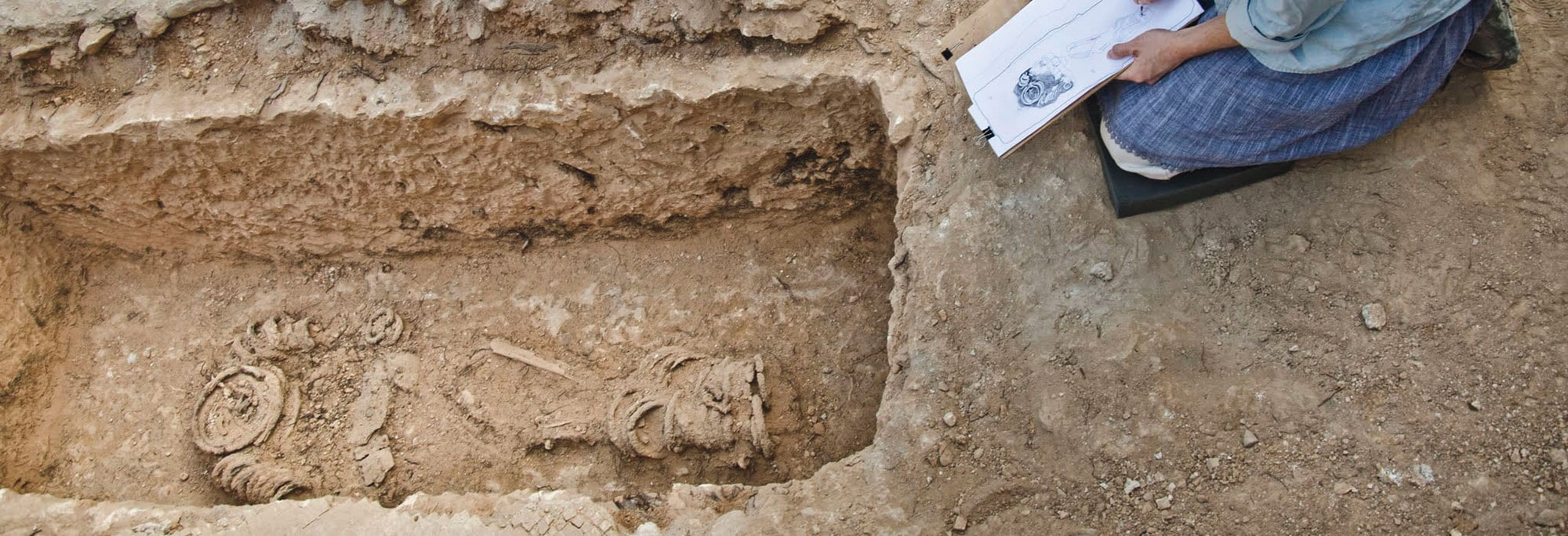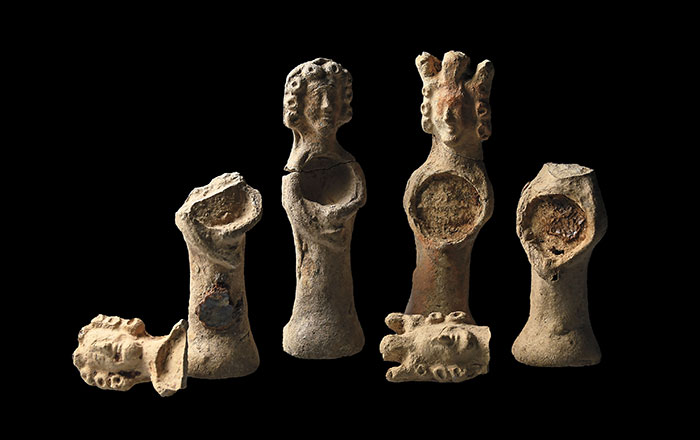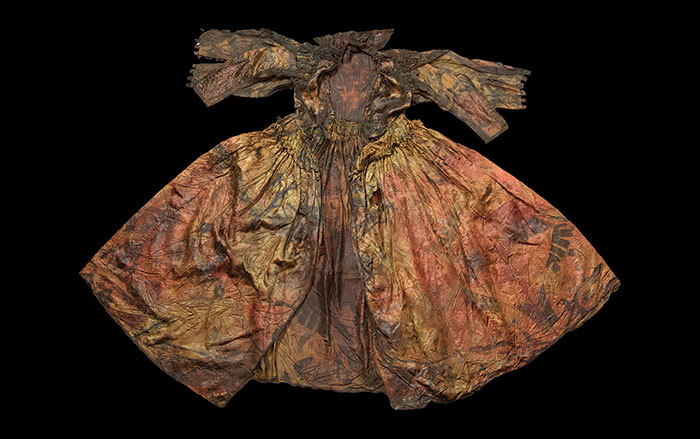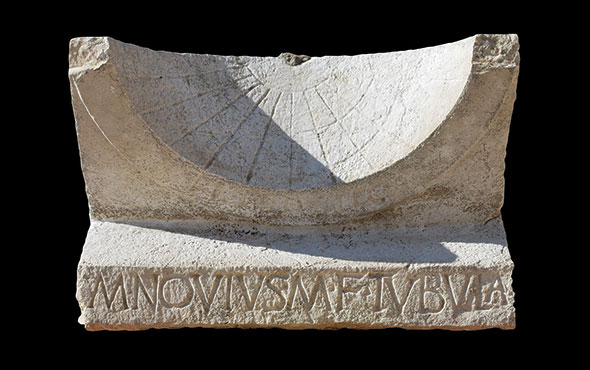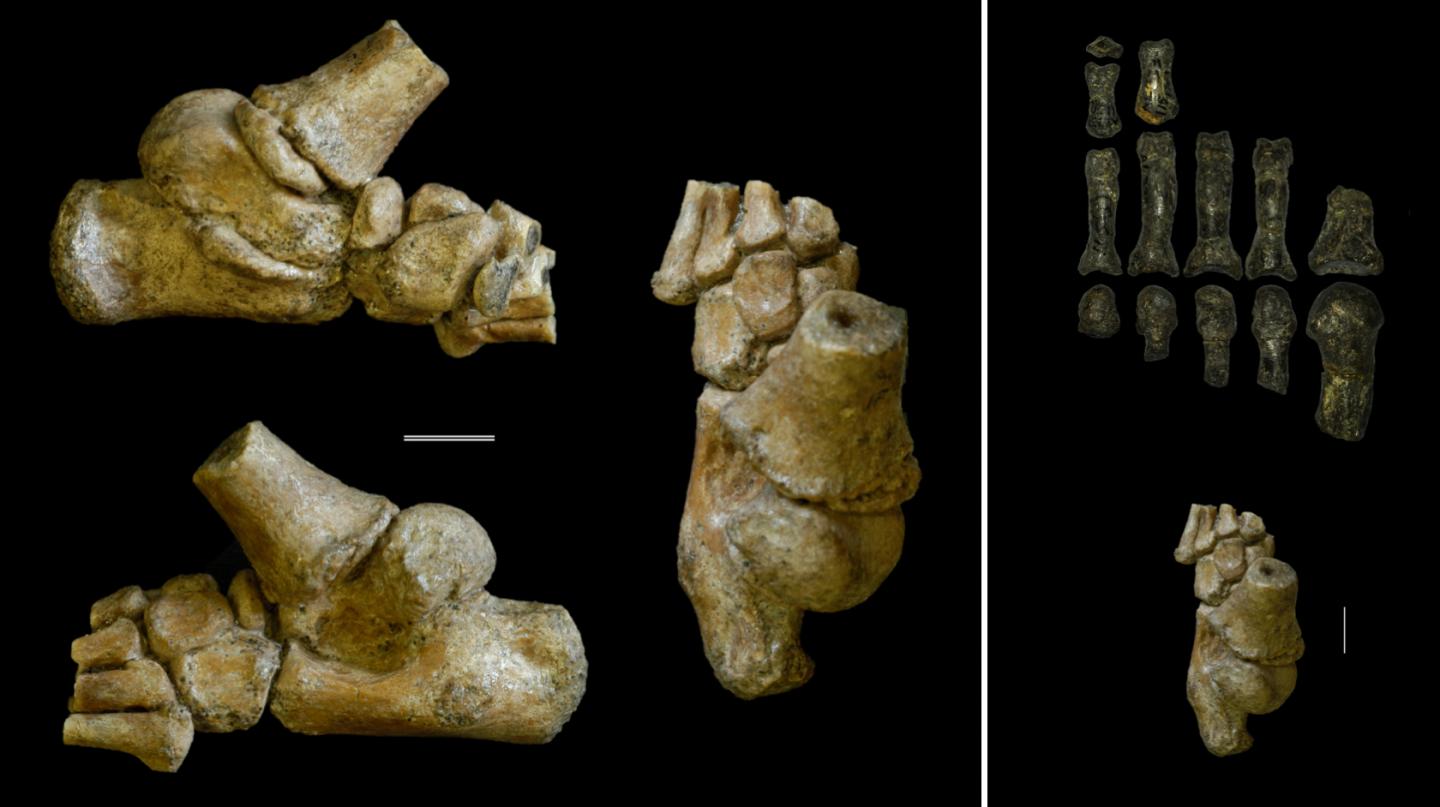
HANOVER, NEW HAMPSHIRE—According to a Live Science report, a study of DIK-1-1, the remains of a three-year-old Australopithecus afarensis individual discovered in Dikika, Ethiopia, suggests that she had a grasping big toe that probably helped her hold onto her mother and even climb trees some 3.3 million years ago. Paleoanthropologist Jeremy DeSilva of Dartmouth College and his colleagues said the toddler’s two-inch long foot resembles the feet of modern humans, except for the curved big toe. “So, it’s human-like in not sticking out to the side, but it had much more mobility and could probably wiggle and grab on to stuff,” DeSilva said. “Not [as well as] a chimp, but certainly more than a human could.” And, adult A. afarensis fossils, such as Lucy, have robust heel bones similar to those possessed by modern humans for upright walking. Selam, however, has a small, delicate heel, which suggests she may have spent more time aloft than her parents, perhaps to avoid large predators. To read more about the evolution of hominid locomotion, go to "No Changeups on the Savannah."


